The second flagship of the year from LG in 2015, the V10, did not officially make it here to Australia but 2016 is a different story. After an indifferent G5 release, LG are really looking to finally make an impact in Australia in 2016 with the release of the impressive (on paper at least) V20, the successor to the V10.
It is a tough time for LG to release a phone here, with there being so much marketing around touting the brilliant Pixel phones from Google. LG have decided on a slightly different tact, not offering the phone through a carrier but outright from JB Hifi and their website.
The pricing of the V20 sits it firmly in the Moto Z price range, and thus obviously several hundred dollars below the Pixel XL 128GB (which is the equivalent version). I haven’t used an LG device to any great extent (except for using a G4 as a music player around the house) so it was interesting to give this a go. Let’s get into it.
Phone Design/Build Quality
The design is unlike anything LG have done before. From the front it is reminiscent of the HTC M9 and let’s be honest, while not groundbreaking in any way shape or form it was a damn good looking device, and arguably set Smartphone design on it’s current trajectory.
The lighter shade of grey/black of the bezels above and below the display on the front serve to accentuate the size of the 5.7in display. At first I wasn’t sure of it but after using it for a while I can say that I quite like it. It’s classy and subtle (unlike many LG phones in the past), which I quite like in a phone. Even the LG logo on the front is subtle and blends in nicely. The front has the main display and also the second display which looks as if it is congruous with the main display.
The rear of the device is a removable aluminium backing — it is removed by using a dedicated button on the side of the device. The use of a dedicated button is a throwback to early days of mobile phones and to be honest I did not like that as it detracted from the design, although the function of it most likely make the back cover more secure and less likely to come loose over time. This button to eject the back cover was the only button on the right hand side of the device.
The top of the device has a noise cancelling microphone and something that I find very useful but unfortunately not many phones include, an IR blaster. The left hand side of the phone had the volume buttons while the bottom has the USB Type-C port, a speaker, another noise cancelling mic and the headphone jack. I like the design choice to include the headphone jack at the bottom. When listening to music my phone is usually sitting in such a way that the bottom of it is always towards me, whether in my pocket or on the desk. To me it makes so much more sense to include the headphone jack at the bottom.
The rear of the device is a vast area with a Bang and Olufsen symbol in the centre and a V20 symbol down the bottom. The top of the device has the dual camera setup on the back that I’ll discuss further on. There is a dual flash with laser focussing as well. Below the rather large camera bump is a relatively subtle fingerprint sensor that double as a power button.
The build quality is good for a phone that has a removable back cover. I feel like I can tell the difference between a solid, well built phone that is a single housing with no removeable parts and one that isn’t. The LG still feels very solid and I am probably being a bit nitpicky in saying it doesn’t feel as good as a solid phone and it feels as good, if not better than the Moto Z did in the hand. Not up to Pixel XL standard but not far off.
Internal Phone Hardware and Performance
The V20 comes with some impressive specs — Qualcomm Snapdragon 820 MSM8996 CPU, Adreno 530 GPU, 4GB RAM, 64GB of internal storage (52.11GB available), microSD slot, 5.7in display with 2560 x 1440 IPS LCD pixel resolution (544 dpi), 3200mAh removable battery.
Make no mistake about it, the specs of the LG V20 are that of a premium high end device and they show as a general rule in the day to day operation of it. As a whole the OS is fluid in its motions although not as polished as a Pixel XL. Apps seem to take a bit longer than the Pixel XL to open but once open operated without any issues at all. Those with a keen eye will notice I added the words “as a general rule” to the above description. Unfortunately all was not totally hunky dory in the LG UX 5.0+ world. I will touch on this later in the software section.
Games, just as all apps seemed to take a while to open but once open, they seemed to actually run faster than the Pixel XL with some games rendering faster. There was no issue at all attempting to fly through Riptide GP Renegade with there being no slowdown at all.
My only gripe came with the sound while playing the game and it is the exact same gripe I have with the Pixel XL and many other phones — a single speaker on the bottom of the device is far too easily covered up by the hand while playing a game. I much prefer front facing speakers. The speaker itself was half decent and that is about it. It is a single bottom-firing speaker and as such you should not expect much from it. It is of similar quality to the Pixel XL — not brilliant but not woeful.
The IR blaster is something I rarely use because my phones rarely have it although my wife has an SGS6 Edge with one and we use it all the time while on holidays. The IR blaster on the V20 works really well, especially combined with the app included by LG. I was able to add TVs and devices that weren’t LG branded and with a bit of editing was able to get most functions on them working. There are of course aftermarket apps that may be even better at this. The IR blaster is a great addition by LG and certainly adds to the appeal of the device.
The fingerprint sensor was a bit hit and miss but that may have been due to me not locating it immediately with my finger. When using my 6P or my Pixel XL it is easy to locate the fingerprint sensor and the phone immediately turns on. The LG fingerprint sensor sits a bit more flush with the back of the device and it harder to find. Once it registers your finger it is a touch slower than the Pixel XL to open up. It isn’t slow, just not as fast as the Pixel XL or the Galaxy S7 range. It could be that LG has a slow animation as once I turned off the animations it seems to be a lot faster than previously, but animations is not something you want to be turning off regularly. It still failed occasionally on the finger registering but mostly due to position of my finger rather than the software itself. If you are one to use a case with your devices this won’t be an issue and this is probably why I found I never missed the sensor with the Pixel XL or 6P — because the case funneled my finger tip onto the sensor where it was required. A case with the V20 would do the same.
The RAM usage on the LG seemed to be pretty good but not great. What I mean by this is I am assuming that the reason apps took longer to open when compared to the Pixel XL is the reassigning of RAM to different processes. With 4GB of RAM though it is definitely at the upper end of hardware.
The storage in the V20 is only 64GB but for only $20 you can add another 64GB with the purchase of a 64GB microSD card from eBay. 64GB should be plenty enough for a majority of people though but the option to increase storage is there if required.
| Key Specifications: | LG V20 |
|---|---|
| Release date | November 2016 |
| Screen size | 5.7-inch |
| Screen technology | IPS LCD |
| Resolution | 2,560 x 1,440 |
| PPI | 513 |
| Rear camera | 16MP/8MP (Wide Angle) |
| Front camera | 5MP |
| Chipset | Snapdragon 820 |
| Core config | — |
| RAM | 4GB |
| Storage | 64GB |
| MicroSD | Yes, Up to 2TB |
| Battery | 3,200 mAh |
| Battery removable | Yes |
| Connector | USB C |
| Headphone Port | — |
| Headphone Location | — |
| Speaker Configuration | — |
| NFC | Yes |
| Android OS | Android 7.0 |
| Vendor skin | LG UX 5.0 |
| Dimensions | 159.7 x 78.1 x 7.6mm |
| Colours |
|
Connectivity
The LG V20, as you would expect for a flagship phone supports an extensive list of LTE bands: bands 1,2,3,4,5,7,8,12,17,20,26,28,38,39,40,41 — everything we need for full reception here in Australia.
Using Telstra I never noticed any reception issues, even when out and about in the country — which you would expect from Telstra but sometimes the phone can let it down. Not this time.
There are the usual connectivity options of course: Wi-Fi 802.11 a/b/g/n/ac, dual-band, Bluetooth v4.2, GPS, NFC, IR blaster, and an FM radio – all of which I wish Google would include in their phones but never have.
Wi-Fi and Bluetooth connectivity worked perfectly pairing to headphones and wifi networks without any issues. I did have issues with connecting the phone to my Android Auto head unit in that Android Auto would not start or detect unless I was using the USB cable that came with the phone.
No matter the other cable or where it came from, only the LG cable worked. Even then it was, shall we say, temperamental. A small movement of the phone would often disconnect the phone from the headunit. Whether it is the LG software or the new Android Auto/Google Play services update I am not sure but I had continuous issues with the display on the headunit freezing and not fixing itself automatically. Each time a reconnect of the cable was required. I also had issues with Android Auto on the LG X Power as well so maybe this compatibility is something LG should be looking into.
Display
The display is a 5.7in LCD with 2k resolution, which is reflected in the overall size of the device — it is big. It is basically exactly the same size as the Nexus 6P which was, and still is, rather large. The colours are not as vibrant as other devices on the market, with the overall colours/white point set “colder” on the V20, something many manufacturers prefer, even though it is not considered accurate colour representation.
For those who prefer the “warmer” view, LG have included a setting in Quick Tiles called “Comfort View” which is sort of a night mode that allows the user to alter the blue light filter to a setting that suits them – Low, Medium, High and Black and white. Whatever the setting you use I have found that you get used to it very quickly either way.
Comparing the display to the Pixel XL using my go to YouTube clip, The Lorax Trailer, the V20 colours did not seem as deep but the bluer tinge of the display helped some of it look better – the sky. The sharpness between the two was equivalent and neither was an issue to watch. The larger display on the V20 does make viewing media much more enjoyable.
A “feature” of the V20 is what LG call the second display. This is basically a ticker type display above the standard 5.7in display that can display many different shortcuts (see image below). I found this extremely useful although I was continuously accidentally touching a shortcut due to the way I hold the phone. The more I used the phone the less I was pressing this display accidentally. I used a list of 5 most used apps, recent apps, and some system toggles on it. You get from one list to another by swiping on the display. I really liked this as when the display was off this still showed, showing the clock and any notifications — who needs ambient display?
Camera
16.3MP main rear facing camera, 8MP secondary rear facing camera, 5MP front-facing camera.
There are 2 rear cameras, one with a wider field of view. They employ 3 auto-focus mechanisms including Laser Detection AF, Phase Detection AF, and Contrast AF for both videos and photos.
The camera app opens quickly, once again not as fast as the Pixel and Galaxy 7, but still quickly. There is a shortcut from display off to launch the camera (double tap the volume down button). The camera launches faster than any other app and is ready to snap a picture straight away. It is also able to snap those photos as fast as the leading shooters, with auto HDR on. There is a lot of manual control possible in the LG camera app which is much better than the Pixel XL offering.
Using the wide angle camera on the rear camera allowed for a lot more information in those landscape type photos although I doubt I would use it all the time as the pictures did not seem as nice — see samples below. It is definitely good to have the option to do this at the quick tap of a button on the camera display. The front facing camera was good but not great. There is no ability to zoom with the front facing camera using the LG software but could be zoomed using aftermarket software such as Manual Camera.
In the end a picture is worth a thousand words — check out the images below and see for yourself how good the camera is.
Battery Life
Coming from the Pixel XL where I can easily get over a full day of use with over 5 hours of screen on time was a test. The LG V20, with a 3200mAh removable battery, performed better than the Nexus 6P did but not as well as the Pixel XL. I was able to get an average screen on time of between 3 and 3.5 hours with my usual surfing, streaming music, Bluetooth for Android Wear on all day etc. This, to me, was acceptable — not stunning but acceptable. I was using the hell out of it and yet it would still last from 6am until around 4-5pm.
I had issues setting the brightness on the display with auto display being super sensitive and seemingly over brightening the phone at times and darker at other times (but mostly too bright). This may have contributed to the shorter battery life but I now prefer my display bright. Why not? That’s what fast/turbo/quick chargers are for.
Speaking of chargers, while the LG does not support USB Type C Power Distribution (PD) spec but does support Qualcomm Quick Charge 3.0. I have several quick chargers by this time and every one of them was able to charge the phone at a fast rate. The charger included in the box supports Qualcomm Quick Charge 3.0 which LG say can charge the battery to full in just 30 minutes. There is also the option of sticking in a fresh, fully charged battery if required, a rarity in today’s phone world.
Sound
These days very few people have a separate mobile music device from their mobile phone. The time of the iPod is gone I’m afraid (luckily?). LG have recognised this and put a lot of effort into making the sound from the LG V20 as premium as possible. The speaker may be average but let’s face it, if you want to listen to music of decent quality you are not going to expect to do it through a speaker as small as a phone speaker.
The sound over Bluetooth streaming is as good as any phone out there but that is not where the V20’s strength. The amazing sound with the V20 comes once you plug in a decent pair of wired ear or headphones into the headphone jack.
The V20 uses a 32-bit Quad DAC to convert the digital sound from the phone into analogue for the ear and in the process removes a lot of the ambient noise as well. The V20 supports 24-bit high resolution audio, 32-bit audio and FLAC which should satisfy the fussiest of audiophiles.
Inside the box is a Bang and Olufsen- branded set of earphones which looked good but were neither comfortable nor high quality. I never expect much of earphones that come with a phone and these did not let me down. If you like decent music you are very unlikely to be using these which is not an issue. They were ok but could not hold a candle to the quality of the sound in my Bose earphones.
Software
Android
The LG V20 runs Android 7.0 Nougat out of the box and LG should be congratulated for being one of the first to do this. Nougat runs really well on this device, aside from the slowdowns I had with recent apps at the end of the day. LG have added a few of their own tweaks on top of Nougat and as such, to keep the settings not as long winded have broken it down into sections, as many other manufacturers do. While at first I did not like this as it was something I was not used to. After using it for a bit I came to like it as it made it faster and easier to find everything, including the many additions LG have added here. While Motorola use an app for their additions LG put theirs into the system settings which may account for that slowdown that I occasionally experienced — albeit very occasionally.
Setup out of the box was an absolute breeze thanks to the OTG adapter included in the box my LG. Connect your old phone to the new one and you can easily transfer your apps and data from one to the other. Well done to LG for including this (just as Google did for the Pixel phones).
LG software
Aside from the issues I had with Android Auto, and getting past the pastels that so many manufacturers love for some reason I didn’t mind the LG UX 5+. Their Home Launcher is woeful and whoever decided to put this on a device intended for the western market should be spoken to, and sternly.
The lack of an app drawer is a terrible UI/design choice — for some reason quite a few of the Asian manufacturers continue to do this, despite being hammered in every review for it. LG do offer a “Home and App Drawer” home screen that you can download from their store for free. This functions more like the standard Home launcher you expect to see on an Android device.
Those who have read my reviews before have heard my rant over Google’s inability to even come close to matching the aftermarket launchers over there so I won’t go into it again. Needless to say, once again, a manufacturer should take the bull by the horns and pay Nova/Apex/Action Launcher and preinstall it on their device. Many do it with keyboards, why not launchers because to put it bluntly, their launchers suck. Once I installed Nova launcher on the V20 it was a whole new phone and I loved it. It was a pleasure to use and navigate but with the LG launcher, not so much.
The LG keyboard is a really nice keyboard and surprised me with how responsive it was. It has all the usual things you would expect of a decent keyboard these days although it did not have next word prediction that Swiftkey has. If using an aftermarket keyboard is not your thing, the LG keyboard will more than suffice.
While I dislike the LG theme they have on their devices (though it is less offensive than in previous generations) they have included a theme engine that allows the user change to a look that suits them. Themes can be downloaded from the LG store or from the Play Store. These themes are system-wide, and not just the launcher so hide all the LG ugliness. There aren’t many on the Play Store but I did install a dark theme the developer of which has told me that he is currently working on a Material Design theme which would go very nicely with this phone.
A couple of times towards the end of the day the operating system seemed to slow down a bit — not in the operation of apps but in the opening of them. Apps seemed to take longer to open such that occasionally I thought they were not going to open at all. During these times, attempting to open the apps using the recent apps button was impossible. Tapping the app resulted in nothing. Nothing opening, nothing closing and nothing crashing. With 4GB of RAM this should not be happening — while this only happened a couple of times it did not occur every day so I suspect maybe it was a rogue app causing it. It is certainly not something that would stop me recommending this phone to someone — maybe just a word of caution to reboot if this happens.
Conclusion
The LG V20, as a flagship in late 2016, has some stiff competition but it does a good job of holding it’s own against the best of the best, the Pixel XL. At the same price range is the slightly smaller smaller Moto Z and the V20 is certainly comparable to a phone that I considered the second best Android phone available (well third if you count the Pixels as two).
The display is big and beautiful and while not an AMOLED has been calibrated well so that media consumption on it is a pleasure. The second display, while some may think a gimmick, is extremely useful although it did lead to many accident presses. The camera is innovative (although they are not the only company to include two cameras) and the option of wide and standard angled lenses when taking a photo was handy at times. The hardware in it is top notch with an abundance of RAM and a top line Qualcomm Snapdragon processor.
The software experience lagged behind that of the Pixel XL and the Moto Z, with LG’s skin seemingly slowing things down at times while at the same time being slightly offensive on the eye. LG have pared down their skin in recent times and it is better than it once was. They have added quite a few modifications to stock Android with many of them useful. They have implemented it differently to Motorola which may account for the slightly different software experience between the two. Overall it is hard to decide which I like better out of the Moto Z and the LG V20, with both coming in around the $1k mark. If you do not mind a manufacturer skin and are used to something like TouchWiz or EMUI then I would have to say go with the LG. There are ways around the skins though with the use of themes but you are not going ot get a stock Android software experience with the LG. If someone wanted a good, high end phone that was a great all-rounder at a non-Pixel XL price then I would be happy to recommend the LG to them. Add in the sound qualoity from the Quad DAC and it really is a toss up between the Moto Z and the V20 which speaks volumes for the quality of the LG V20.
The LG V20 is not available on any carriers and doesn’t seem like it ever will be. At this stage the only place to purchase one is at JB Hifi where it will set you back $1099. With the device already running Android 7.0 it should be at the forefront of software for some time to come and I have no hesitation in recommending it to someone after a good high end phone.

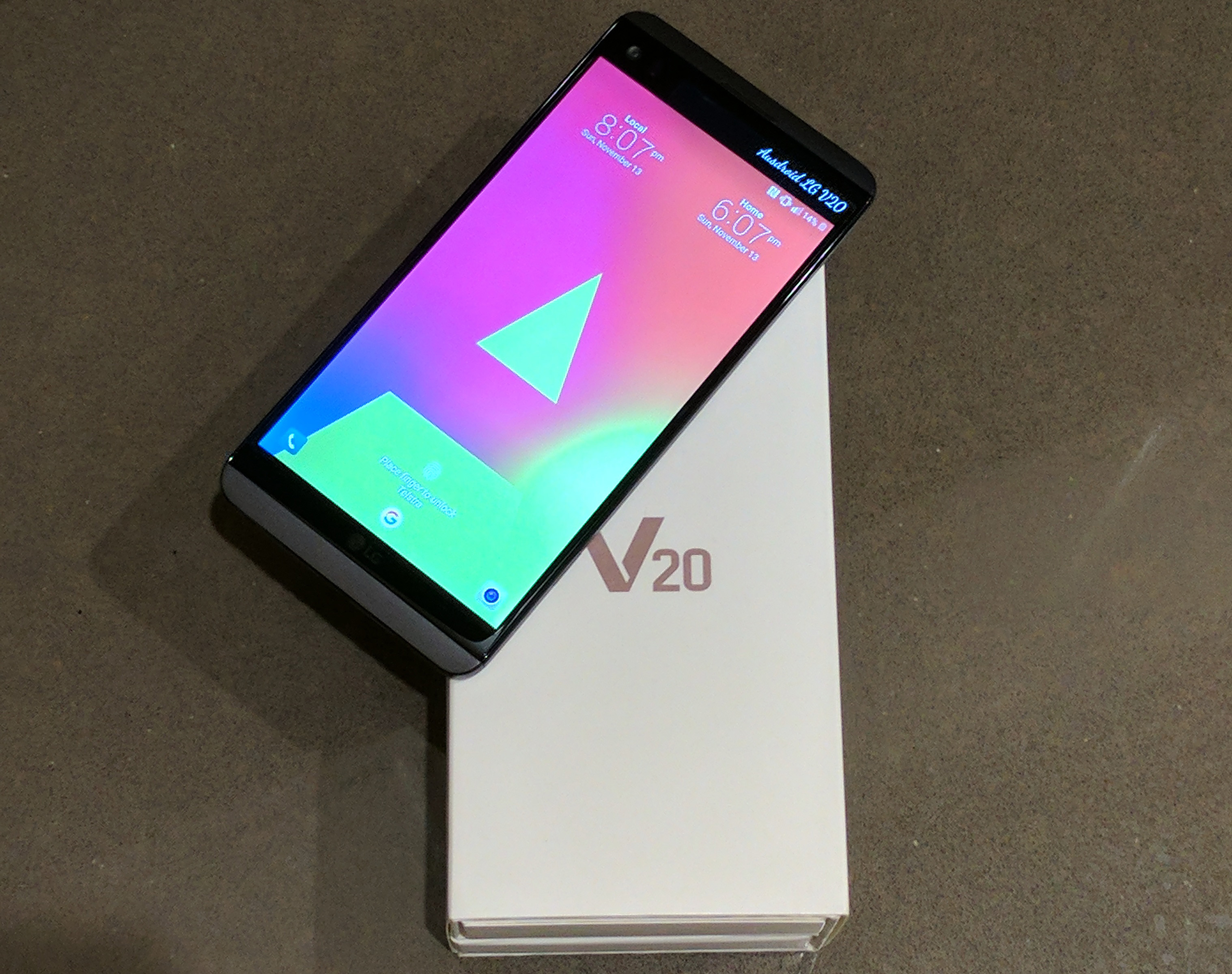








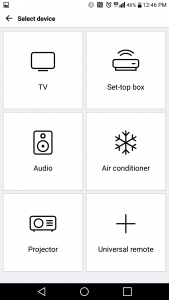

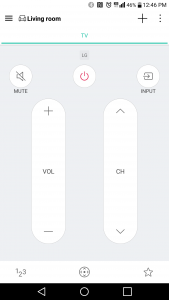

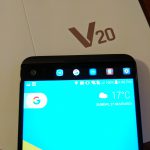
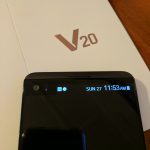

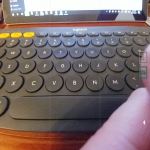

































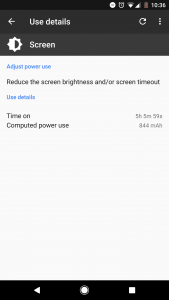
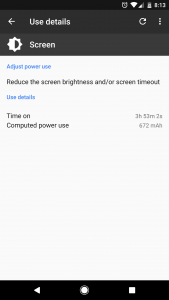
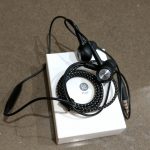
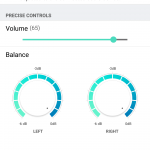
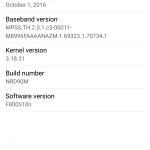






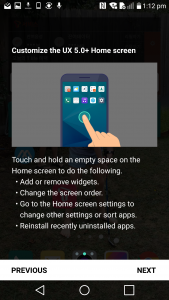
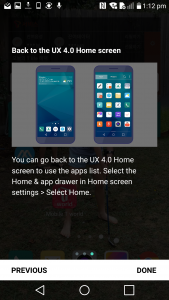

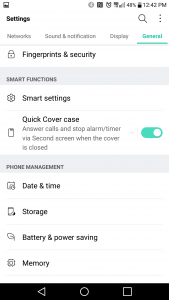
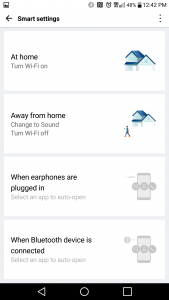


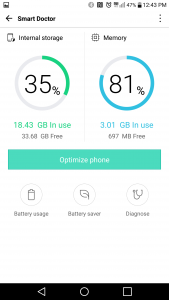

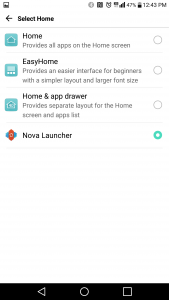
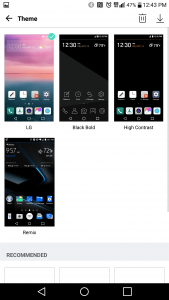
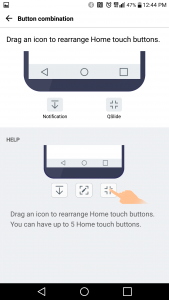

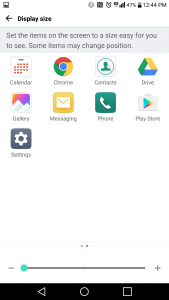
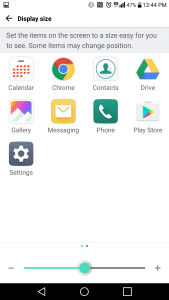
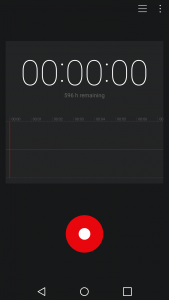
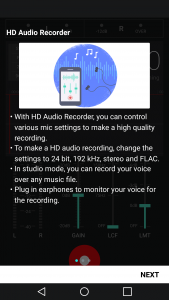
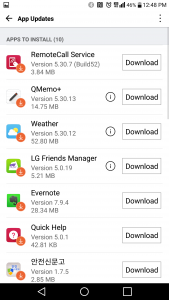



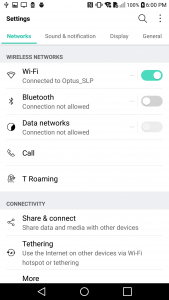

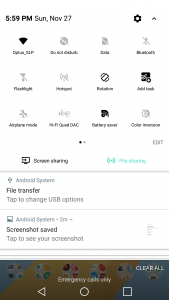



So basically the atrocious battery life (when other phones with similar battery sizes are taken into consideration) remains…
For whatever reason, LG’s phones since the G3 have never really been crash hot with battery endurance…
you can get it from kogan much cheaper (but it would not be an australian model, different charger port and warranty), like $890. Jbhifi is a rip off.
I think it would take something utterly spectacular for me to move away from Pixel phones. The V20 send nice, but just seems like another Android phone in a sea of Android phones.
Maybe the Pixel has brainwashed me, but I feel like I can’t go back to an LG or Samsung phone.
unfortunately I feel the same way. The experience with the Pixel XL is so total. I suppose these are for those who still want a premium experience, albeit, not THE premium experience, without paying THE premium price
Yeah I’m with you on that. Not everyone would want to pay the asking price of the Pixel, and are happy with something that’s relatively similar, but saves a bit of money. Can see the V20 falling in that category.
I fail to understand why you consider the Pixal’s the best. No micro sd card ip53 missing premium features. And very expensive. Well personally, no thank you.
If you used it, you’d understand.
It’s not a spec sheet phone. You won’t understand how good the phone is by looking at its specs, which is the problem that a lot of android phones do. They determine the worth of the phone without even using it.
It’s not just me saying the Pixel is excellent, it’s been getting rave reviews across the board.
I have that with my ZTE Axon 7. Very great deal at half the price. Premium feel and specs.